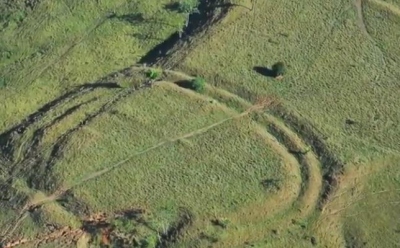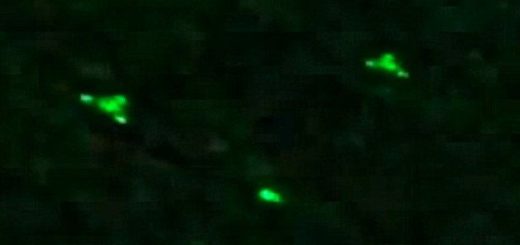Researchers Discover over 450 Stonehenge-like Geoglyphs in the Amazon

The Amazon rainforest is not thought to have been a hotbed of human activity until recent times, but a new discovery suggests otherwise.
Researchers examining the area via drones have found more 450 large-scale, Stonehenge-like earthworks, also known as geoglyphs, in the northwestern reaches of Brazil, reports The Telegraph.
Extensive scientific analysis of the land revealed that the carefully executed ditches date back as far as 2,000 years and well before European contact, notes Tech Times.
The results also indicated that humans had manipulated the rainforests not only for the purposes of creating clearings, but for encouraging the proliferation of preferred species as well.
Study participant Dr. Jennifer Watling, a researcher at the Museum of Archaeology and Ethnography in São Paulo, noted, “Our evidence that Amazonian forests have been managed by indigenous peoples long before European contact should not be cited as justification for the destructive, unsustainable land-use practiced today.
It should instead serve to highlight the ingenuity of past subsistence regimes that did not lead to forest degradation, and the importance of indigenous knowledge for finding more sustainable land-use alternatives.”



 Creators of mankind
Creators of mankind Description of “Tall white aliens”
Description of “Tall white aliens” Where they came from?
Where they came from? About hostile civilizations
About hostile civilizations The war for the Earth
The war for the Earth “Tall white aliens” about eternal life
“Tall white aliens” about eternal life Video: “Nordic aliens”
Video: “Nordic aliens” Aliens
Aliens Alien encounters
Alien encounters The aliens base
The aliens base UFO
UFO Technology UFO
Technology UFO Underground civilization
Underground civilization Ancient alien artifacts
Ancient alien artifacts Military and UFO
Military and UFO Mysteries and hypotheses
Mysteries and hypotheses Scientific facts
Scientific facts


















